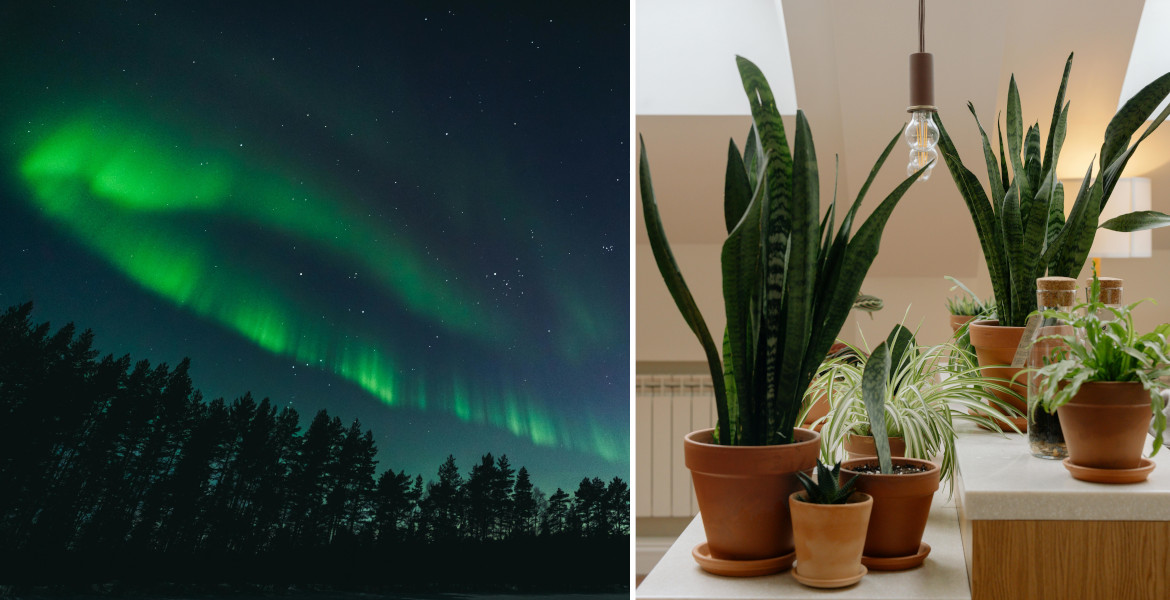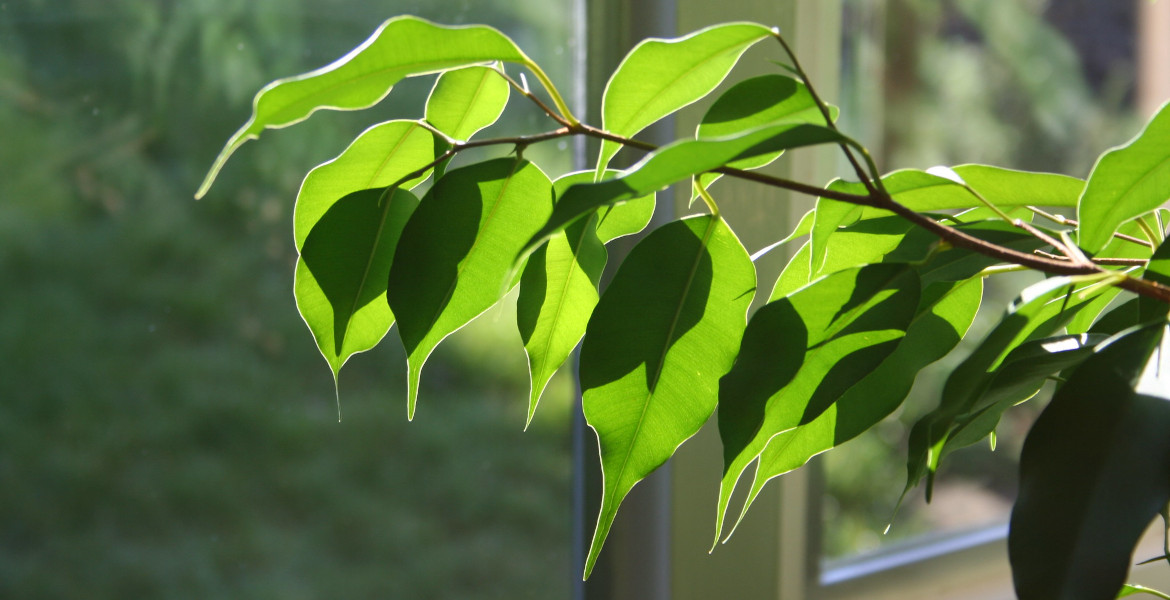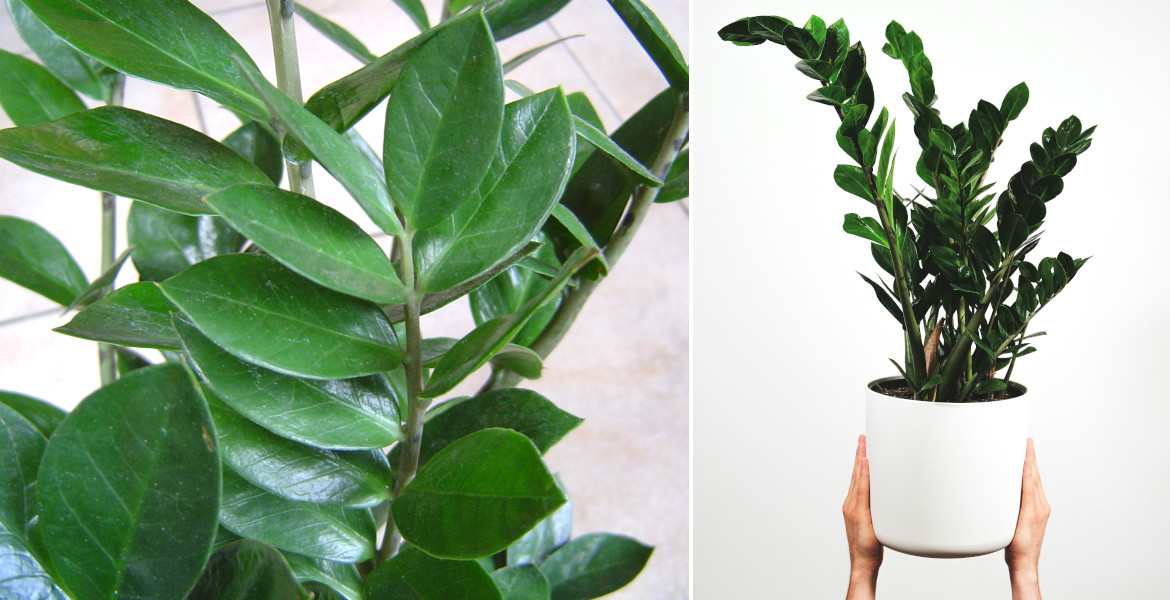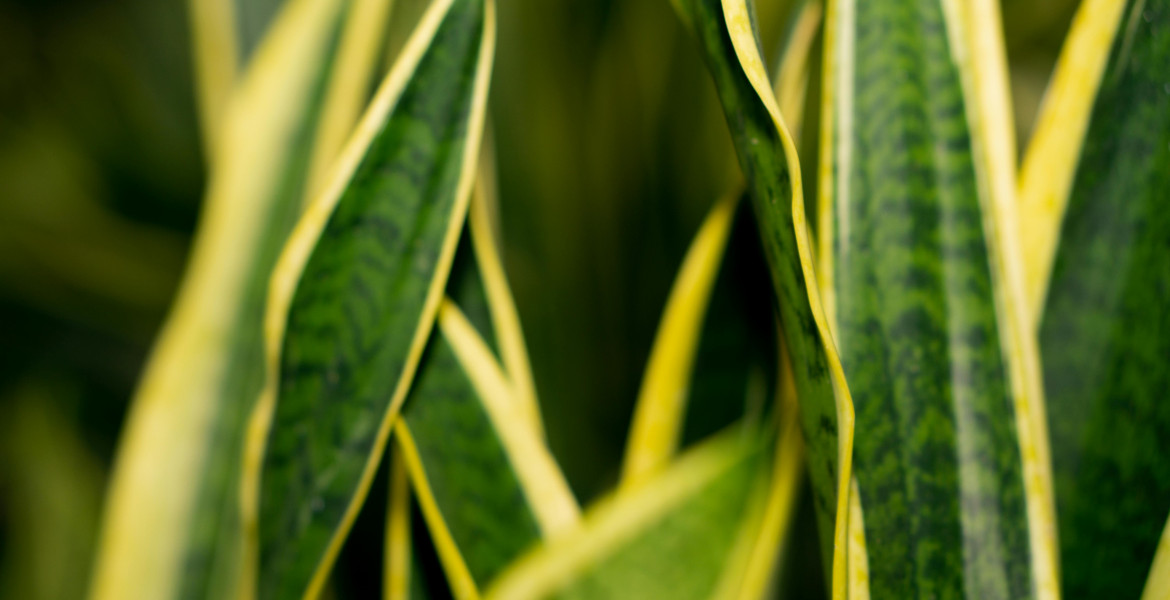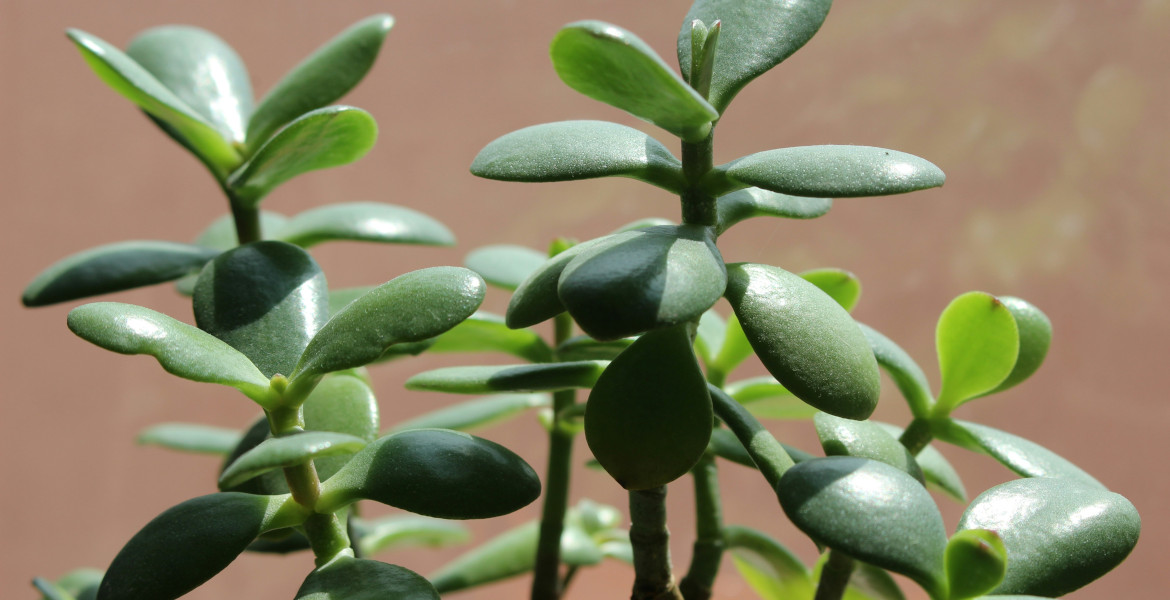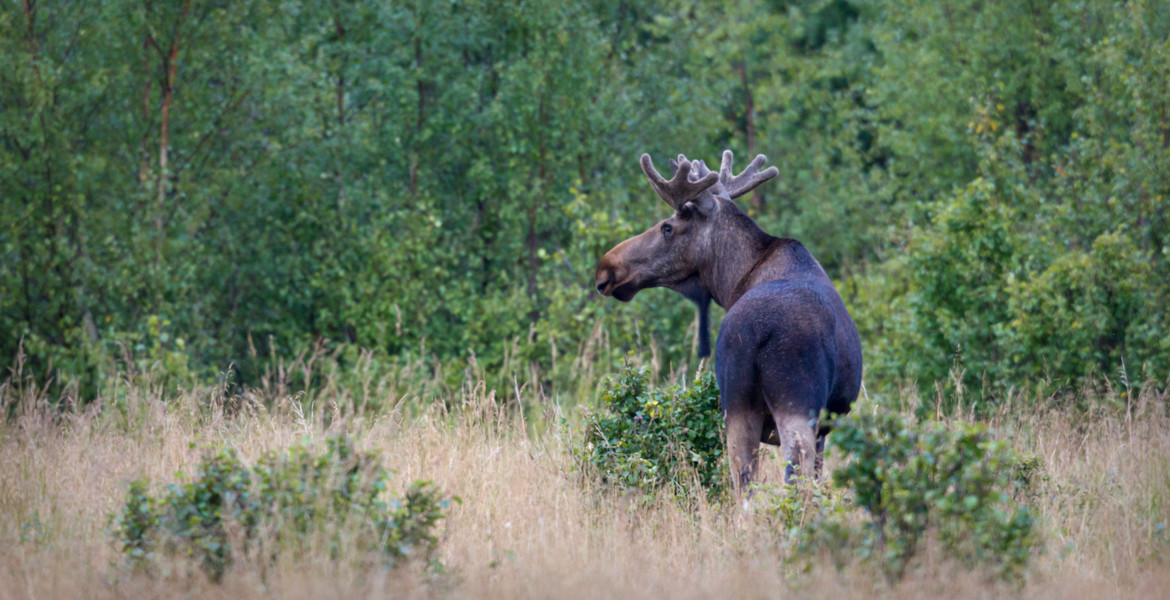In secret locations, scientists are trying to preserve and reintroduce the Wollemia, previously thought to be extinct for millions of years. The sites are closed to the public because of the risks to the trees.
The Wollemia (Wollemia nobilis) is a coniferous tree of the Araucariaceae family. It is described as having lived alongside dinosaurs as early as 91 million years ago and was previously thought to be long extinct.
In 1994, however, David Noble found a grove of these trees in the national park where he was working in the Blue Mountains of Sydney, Australia. The find has been called "the botanical find of the century. The grove contains 90 wollemias, the only ones ever found in the wild.
Since the discovery, a team of scientists has been working to preserve these prehistoric trees. Three translocation sites have been established by the NSW National Parks & Wildlife Service (NPWS) in Australia.
– A translocation site is somewhere where we introduce a threatened species into another location in an area, in order to kind of provide an insurance population, Dave Crust, director of the NPWS, told the ABC.
Vulnerable population
The relocation sites were created in 2019 with more than 300 trees planted. They were planted in different locations, in different positions, to learn how the trees grow best.
– The population was at a number where any significant event impacting ... could have caused their extinction, so we're at a point now where we're trying to rebuild that population, says Crust.
Wollemitall grows only a few centimeters per year and can reach over 40 meters in height. The trees that have been planted are now between 30 centimeters and two meters high. The trees do not mature until they can reach the sunlight above the canopy.
– That's usually about 20 or 30 metres, so you do the maths. That's many decades, he says and continues:
– In over 30 years of monitoring them, the Wollemi Pine recovery team has never seen a seedling, or a juvenile tree, make it to adulthood.
Threats to the trees
Before visiting the areas, the group must thoroughly clean themselves and their equipment. They must then constantly spray their boots, clothing and equipment with a special solution of methylated spirits to reduce the risk of spreading diseases. The areas are off limits to the public because of the risks and can result in fines of over €300,000 and jail time. Other major threats include possible forest fires.
– One of the biggest dangers that we have is people actually come and visit these. We know people want to but they really can't, said Penny Sharpe, NPWS Environment Minister.
Shoots of the trees have also been sent to various botanical gardens and can be purchased at nurseries. This is an attempt to save the species and discourage people from trying to access both the wild grove and the migration sites. In Sweden, there are specimens in the Botanical Garden in Uppsala and the Botanical Garden in Lund. There are also two specimens in Slottsträdgården, Ulriksdal in Stockholm.


